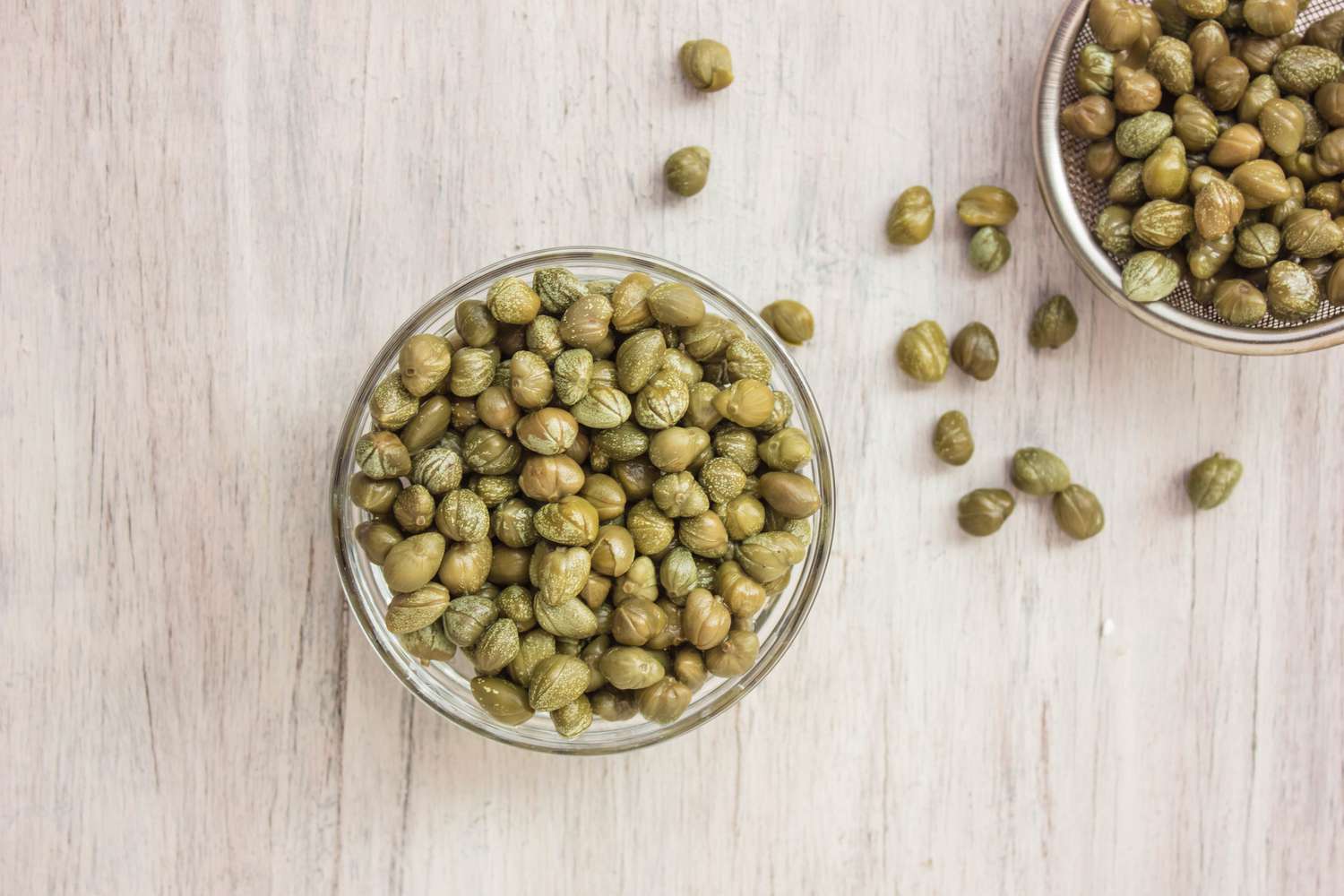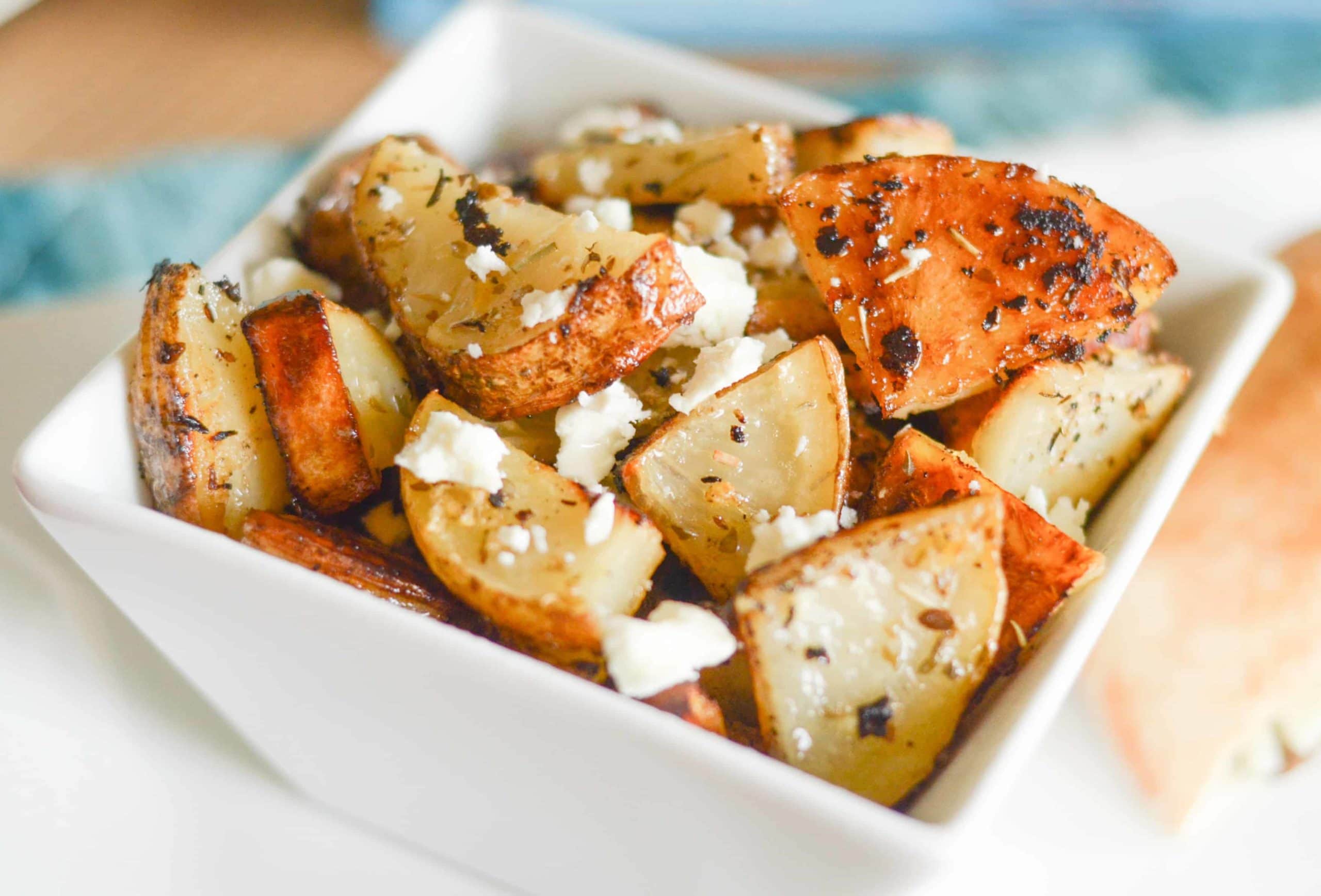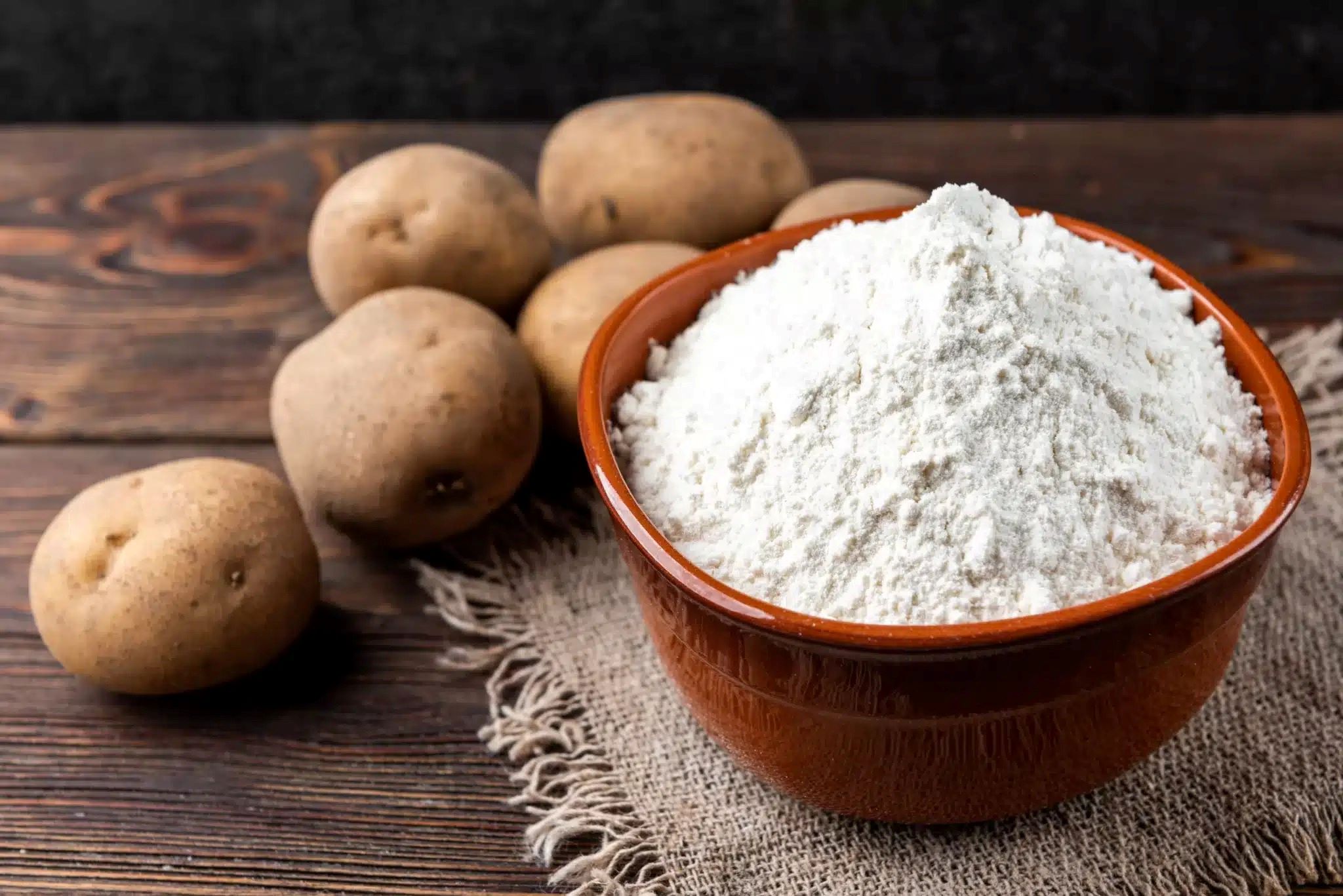Home>Food and Cooking>The Ultimate Guide To Substituting Capers In Your Dish


Food and Cooking
The Ultimate Guide To Substituting Capers In Your Dish
Published: January 29, 2024
Discover the best caper substitutes for your cooking needs. Learn how to enhance your dishes with alternative ingredients in this comprehensive guide.
(Many of the links in this article redirect to a specific reviewed product. Your purchase of these products through affiliate links helps to generate commission for Noodls.com, at no extra cost. Learn more)
Table of Contents
Introduction
Capers, with their distinctive piquant flavor, are a beloved ingredient in many culinary traditions. These small, green flower buds add a burst of tangy, salty, and slightly lemony taste to a wide range of dishes, from Mediterranean classics to modern fusion cuisine. However, there are times when you may find yourself without this essential ingredient. Whether it's due to a last-minute pantry shortage or a dietary restriction, knowing how to substitute capers can save the day in the kitchen.
In this comprehensive guide, we will delve into the world of caper substitutes, exploring various options that can seamlessly step in for these flavorful buds. From understanding the unique characteristics of capers to discovering suitable replacements for different culinary applications, this guide will equip you with the knowledge and creativity to adapt your recipes without compromising on taste. So, let's embark on this flavorful journey and unlock the secrets of substituting capers in your dishes.
Understanding Capers
Capers, the unopened flower buds of the caper bush (Capparis spinosa), are renowned for their bold and distinctive flavor. These tiny, round gems are typically harvested by hand in the early morning before they have a chance to bloom, preserving their delicate taste and texture. With a flavor profile that can be described as tangy, briny, and slightly lemony, capers add a unique dimension to a wide array of dishes.
The primary method of preserving capers involves curing them in a brine or dry salt, which intensifies their piquant flavor and enhances their shelf life. The size of capers can vary, ranging from the smallest nonpareil capers to larger caper berries, each offering a slightly different taste and texture. Nonpareil capers, the smallest and most prized variety, are favored for their delicate texture and subtle, yet impactful, flavor.
Capers are a staple in Mediterranean cuisine, particularly in Italian, French, and Sicilian dishes, where they are used to elevate the flavors of pasta sauces, salads, and seafood preparations. Their versatile nature allows them to complement a wide range of ingredients, from rich meats to fresh vegetables, adding a burst of complexity to both savory and sweet dishes.
When incorporating capers into a recipe, it's essential to consider their potent flavor and adjust the overall seasoning accordingly. Due to their briny and tangy profile, capers can serve as a natural substitute for salt and vinegar, making them a valuable ingredient for balancing and enhancing the taste of a dish.
In summary, capers are prized for their intense, tangy flavor and versatile application in various culinary traditions. Understanding the unique characteristics of capers is essential for effectively substituting them in recipes, as it allows for the selection of suitable alternatives that can replicate their distinct taste and impact on a dish.
Substituting Capers with Other Ingredients
When it comes to substituting capers in a recipe, it's crucial to consider the specific flavor profile and texture they impart. The key lies in identifying alternative ingredients that can replicate the tangy, briny essence of capers while harmonizing with the overall dish. Here are several viable substitutes to consider:
-
Green Olives: Brine-cured green olives offer a similar briny flavor and a slightly salty kick, making them an excellent substitute for capers in many recipes. Chop them finely to mimic the texture of capers, or use them whole to add a contrasting burst of flavor to the dish.
-
Pickled Gherkins: Also known as cornichons, these small pickled cucumbers share the tangy and crunchy characteristics of capers. Finely chop pickled gherkins to infuse the dish with a delightful tartness and texture reminiscent of capers.
-
Green Peppercorns: Packed in brine or vinegar, green peppercorns possess a mild heat and a subtle tang, making them a suitable alternative to capers. Crush or chop the peppercorns to release their flavor and incorporate them into the recipe for a unique twist.
-
Dill Pickles: Dill pickles, particularly those with a brine-based preservation, can serve as a viable substitute for capers. Finely dice the pickles to match the size of capers, allowing them to infuse the dish with a tangy and slightly herbal essence.
-
Lemon Zest: When seeking to replicate the citrusy undertones of capers, freshly grated lemon zest can be a valuable substitute. The zest adds a bright, zesty note to the dish, complementing the flavors while providing a hint of the characteristic tang found in capers.
-
Anchovy Paste: For recipes that call for capers to provide a savory depth, anchovy paste can step in to deliver a rich umami flavor. A small amount of anchovy paste can enhance the dish, offering a complex and salty element akin to capers.
By understanding the distinct attributes of capers and exploring suitable alternatives, you can seamlessly adapt your recipes without compromising on taste. Each substitute brings its own unique flair to the dish, allowing for creative experimentation while ensuring that the essence of capers is effectively replaced. Whether it's the briny punch, the tangy zest, or the subtle crunch that capers contribute, these substitutes offer a diverse range of options to elevate your culinary creations.
Using Different Substitutes in Different Dishes
Each culinary creation presents a unique canvas for flavor experimentation, and the choice of caper substitutes can greatly influence the character of the dish. Let's explore how different substitutes can be utilized in various dishes to seamlessly replace capers while maintaining the desired taste and texture.
Pasta and Seafood Dishes
In pasta sauces and seafood preparations, capers contribute a delightful briny and tangy note that enhances the overall savory profile. When substituting capers in these dishes, pickled gherkins or green olives can be finely chopped and added to the sauce to infuse it with a similar briny essence. The pickled gherkins offer a tart crunch, while the green olives provide a contrasting burst of flavor, creating a harmonious balance that complements the richness of the pasta or seafood.
Read more: The Ultimate Guide To Your Dream Girl
Salads and Dressings
Capers are often featured in salads and dressings to impart a zesty and tangy kick. When seeking a substitute for capers in these applications, finely diced dill pickles can be incorporated to deliver a tangy and slightly herbal dimension to the dish. Additionally, the bright and zesty notes of lemon zest can be used to infuse the dressing with a refreshing citrusy undertone, adding a vibrant twist to the salad.
Meat and Poultry Dishes
In meat and poultry recipes where capers are used to provide a savory depth, anchovy paste can serve as a compelling substitute. By incorporating a small amount of anchovy paste, the dish gains a rich umami flavor, enhancing the overall complexity and depth of the meat or poultry preparation. The anchovy paste seamlessly integrates with the other ingredients, contributing a nuanced savory element that elevates the dish.
Pickled and Marinated Dishes
Pickled and marinated dishes, such as antipasti platters or marinated vegetables, often feature the tangy and briny presence of capers. In these preparations, green peppercorns can be crushed and added to the marinade to infuse the dish with a subtle tang and mild heat. The green peppercorns contribute a nuanced flavor that complements the other pickled elements, offering a delightful twist to the overall taste profile.
By strategically selecting and utilizing different substitutes based on the nature of the dish, you can seamlessly adapt recipes to accommodate dietary preferences and ingredient availability, while maintaining the distinctive flavors that capers bring to the table. Whether it's the robust umami, the tangy zest, or the briny punch that capers impart, these diverse substitutes offer a spectrum of options to elevate your culinary endeavors.
Conclusion
In the realm of culinary exploration, the art of substitution empowers chefs and home cooks alike to adapt and innovate, ensuring that delectable flavors can be enjoyed regardless of ingredient availability or dietary considerations. The journey of substituting capers in recipes unveils a myriad of possibilities, allowing for creative experimentation while preserving the essence of these beloved flower buds.
By understanding the unique characteristics of capers and their role in enhancing dishes with their tangy, briny, and slightly lemony flavor, we have unlocked a treasure trove of substitutes that seamlessly step in to recreate the distinctive impact of capers. From the brine-cured allure of green olives to the tart crunch of pickled gherkins, each substitute offers its own delightful twist, enriching culinary creations with diverse and harmonious flavors.
As we navigate through the culinary landscape, the versatile applications of caper substitutes become apparent, offering tailored solutions for various dishes. Whether it's infusing pasta sauces with the briny essence of pickled gherkins, enhancing salads with the herbal tang of dill pickles, or elevating meat dishes with the savory depth of anchovy paste, these substitutes serve as culinary chameleons, seamlessly adapting to the unique requirements of each recipe.
Furthermore, the utilization of different substitutes in specific culinary contexts highlights the nuanced art of flavor pairing and enhancement. From seafood to salads, and from meats to pickled dishes, the strategic selection of substitutes ensures that the essence of capers is effectively replaced, while introducing complementary dimensions that elevate the overall gastronomic experience.
In conclusion, the world of caper substitutes invites us to embrace culinary ingenuity, enabling us to craft exceptional dishes with a touch of creativity and resourcefulness. By incorporating these substitutes into our culinary repertoire, we not only overcome ingredient limitations but also embark on a flavorful journey that celebrates the art of adaptation and the boundless possibilities of taste. So, let the culinary adventure continue, as we savor the vibrant flavors and endless potential that caper substitutes bring to our tables.














